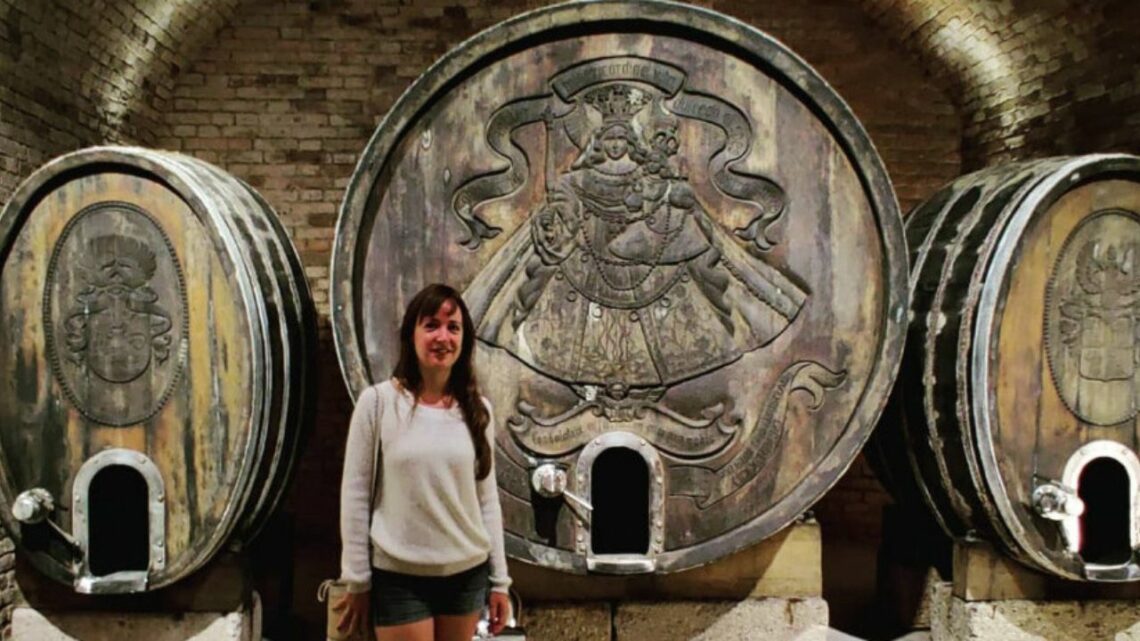
Kamptal wine
Kremstal and Kamptal, the neighboring regions of Wachau, unfortunately often live in its shadow.
This is a sad fact considering that both regions exemplify the magnificence of what Austria has to offer in terms of winemaking. However, the good news is that these two regions not only offer exceptional quality but also provide excellent value for money.
The two regions share a parallel history. They both witnessed vineyards being replanted after World War II and were affected by the national scandal of 1985, during which a small group of winemakers, overwhelmed by high demand, resorted to adulterating their wines with antifreeze. This incident prompted the establishment of the Wine Marketing Board immediately after the crisis, leading to the implementation of rigorous quality standards and the creation of the DAC (Districtus Austriae Controllatus) appellations.
Kremstal became an official DAC region in 2007, followed by Kamptal in 2008.
So, let’s delve into the second sister, Kamptal, and explore its unique attributes!
Terroir of Kamptal: soil and climate
Geologically speaking, Kamptal is characterized by loess, gravel, crystalline massifs, and red tuffeau and conglomerates rich in feldspar near the renowned Heiligenstein. The fractured sandstone allows vine roots to delve deep in search of nutrients.
ANECDOTE : Its name refers to the “infernal” sunlight that generates a dry and hot climate. The rock formations are specific, dating back 320 to 250 million years and sedimented by sudden floods in a desert, containing volcanic elements. It comes from the Permian period, thus, this type of soil is also called “Perm”
This south-facing wine-growing region comprises geologically diverse rocks from the Hercynian massif and the molasse zone. The molasse zone shows the evolution of the sea, known as the “Paratethys” by geologists, into three river systems: Kamp, Traisen, and Danube.
In the northern part, predominantly hard and acidic crystalline rocks, already encountered in Wachau and Kremstal, dominate. This area contains a unique rock massif in Austria, stretching in a northeast direction from Heiligenstein.
In Kamptal, loess from the cold period is also most widespread in the vineyards.
In terms of climate, Kamptal also experiences the dynamics of the warm Pannonian Basin to the east and the cooler Waldviertel to the northwest. The alternating heat during the day and cooler nighttime temperatures result in grapes with delicate aromas and refreshing acidity.
In addition to the town of Langenlois, notable wine-growing communities include Schiltern, Gobelsburg, Haindorf, Zöbing, and the renowned wine community of Straß in the Straßertale valley. There are also many small wine-growing villages such as Etsdorf, Hadersdorf, Kammern, Lengenfeld, and Schönberg.
Grape varieties in Kamptal
On the steep terraces of the southern slopes of the mountains, where loess deposition is prevented, Riesling vines thrive, producing full-bodied age-worthy wines.
In Heiligenstein, Riesling is mostly grown as well. This is the only location in Austria where Riesling is grown on Permian soil. The micro climate in this area is warm, resulting in grapes that typically attain high sugar levels. Thus, Rieslings from Heiligenstein exhibit striking minerality and have exceptional longevity.
When descending towards the Danube, the soils of the vineyards change. Here, the broad terraces of loess and clay offer ideal conditions for classic or full-bodied Grüner Veltliner.
Located southeast of Langenlois, the village of Gobelsburg stands out for its unusually high proportion of red grape varieties, including Saint Laurent, Pinot Noir, Merlot, and Zweigelt.
They reach their full potential in this region, marketed under the appellation of “Lower Austria.”
Kamptal DAC
In terms of DAC classification, Kamptal designates Grüner Veltliner and Riesling exclusively.
The Klassik category requires a minimum alcohol content of 12% and should not show any oak influence, typically vinified and aged in steel tanks. The Reserve classification demands a minimum alcohol content of 13% and may exhibit some botrytis or wood tones.
Wineries in Kamptal
Hereunder, you will find some of my recommendations and I added some from Stephen Brook as well.
Eichinger, located near Schönbert, stands out as a cooler spot in the Kamptal valley. It’s a perfect winerie to experience the impact of soil on wine, with Grüner Veltliner expressing its unique qualities in both loess and primary rock soils.
Another example is Kurt Angerer, who names his wines after the specific soils they are grown on, such as “Spies” for granite and “Kies” for gravel. The estate also grows a significant proportion of red grape varieties, which is unusual for the Kamptal region.
Martin Arndorfer places a strong emphasis on style and variety in winemaking. The estate produces basic wines, such as Gemischter Satz and the Strasser Weinberge blends, which are aged in large casks. Their top-range offering, Leidenschaft, showcases wines with strong personalities, including the intriguing Anima, a Grüner Veltliner fermented on Riesling skins.
Brandl focuses on Riesling, particularly from the Heiligenstein vineyard, as well as Riesling and Grüner Veltliner from the Kogelberge vineyard, characterized by primary rock soils with a high proportion of shale.
Bründlmayer is widely recognized as one of the leading estates in Kamptal. They employ a “lyre” trellising system for Riesling and Chardonnay, dividing the canopy and maximizing sunlight exposure. The winery utilizes Austrian oak barrels, with some acacias wood used for Grüner Veltliner. Acacia wood imparts a more neutral flavor compared to oak and avoids the presence of vanilla flavors in the wines.
Schloss Gobelsburg, with its baroque structure dating back to the 1740s, is one of the oldest estates in the region. In 1996, an agreement was reached with Willi Bründlmayer and Michael Moosbruger, leading to the establishment of renowned wines. Moosbruger introduced “Tradition,” Grüner Veltliner, and Riesling wines made using 19th-century vinification methods, avoiding sedimentation for must clarification and temperature control, resulting in wines with a more oxidative style and sometimes residual sugar. Schloss Gobelsburg also produces Eiswein, Beerenauslese (BA), and Trockenbeerenauslese (TBA) wines from Grüner Veltliner or Riesling, which is not commonly done by most estates.
Hiedler employs only indigenous yeasts for fermentation and cultivates Riesling in Heiligenstein and Gaisberg, along with Grüner Veltliner in Gaisberg and Kittmannsberg. The estate offers special bottlings such as GV “Maximum,” a selection from the best sites aged in acacia casks, and “Novemberlese,” produced from overripe grapes that contribute to a tropical fruit character. Their Weissburgunder “Maximum” originates from 60-year-old vines and is also aged in acacia casks, while Riesling “Maximum” remains in stainless steel tanks.
Hirsch estate operates biodynamically, with half of their vineyard planted with Grüner Veltliner. Hirsch’s winemaking approach includes fermentation without temperature control, aging in large casks and steel tanks, and the avoidance of botrytis influence and high alcohol in dry wines. They ferment all grapes as whole clusters using indigenous yeasts. Hirsch was the first winery in Austria to bottle its entire production with.
A must-visit : Loisium wine museum
The wine museum “Loisium” is a great stop if you want to know more about wines and the region in a fun way. It even has a futuric visitor centre above ground with a wine library serving region wines so you’ll be able to taste some!
Underground, you’ll be immersed in a mystical wine experience as you explore centuries-old galleries with sound and light effects.
I highly recommend it!
Conclusion : Kamptal wine
Kamptal, a wine-growing region in Austria, is characterized by diverse geological formations, including loess, gravel, crystalline massifs, and red tuffeau. The vineyards in Kamptal benefit from the alternating heat during the day and cooler nighttime temperatures, resulting in grapes with delicate aromas and refreshing acidity.
Riesling thrives on the steep terraces of the southern slopes, particularly in the Zöbinger Heiligenstein vineyard, known for its Permian soil and exceptional longevity. Grüner Veltliner flourishes in the broad terraces of loess and clay closer to the Danube.
Kamptal produces both classic and full-bodied wines, with notable wineries such as Aichinger, Kurt Angerer, Martin Arndorfer, Brandl, Bründlmayer, Christoph Edelbauer, Birgit Eichinger, Schloss Gobelsburg, Hiedler, Hirsch, and Jurtschitsch.
You can also explore the Loisium wine museum for a unique wine-tasting experience
As an Amazon Associates I earn from qualifying purchases.





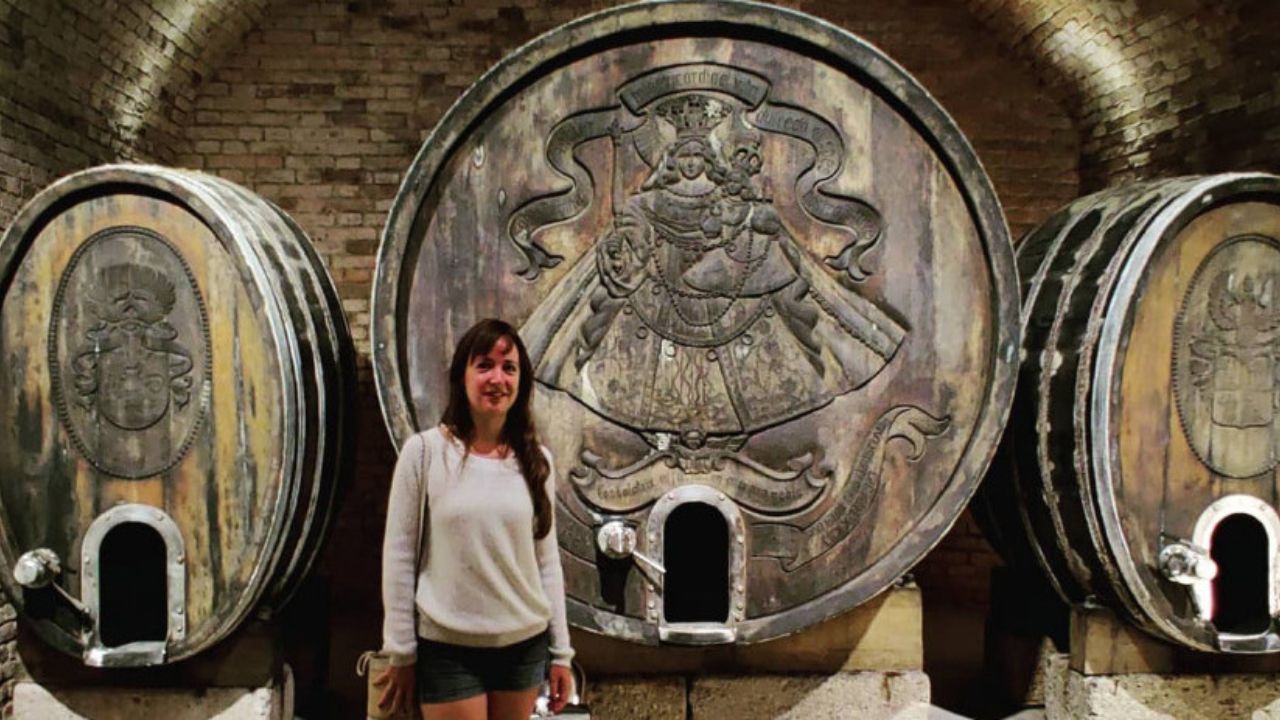
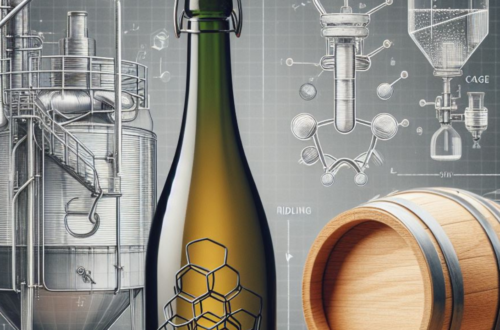
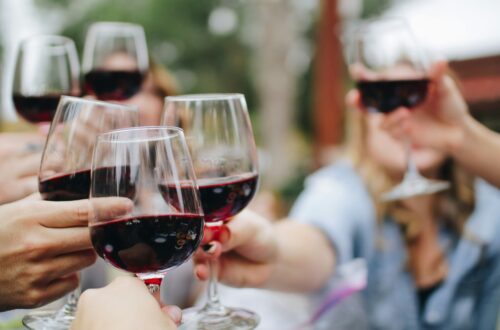
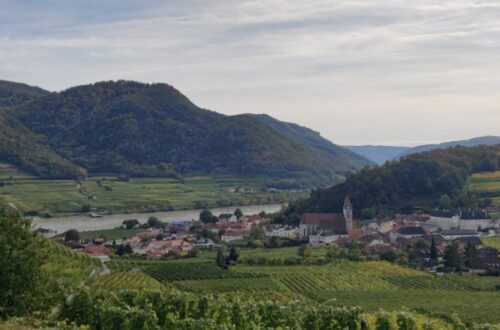
One Comment
Franck
Very interesting!